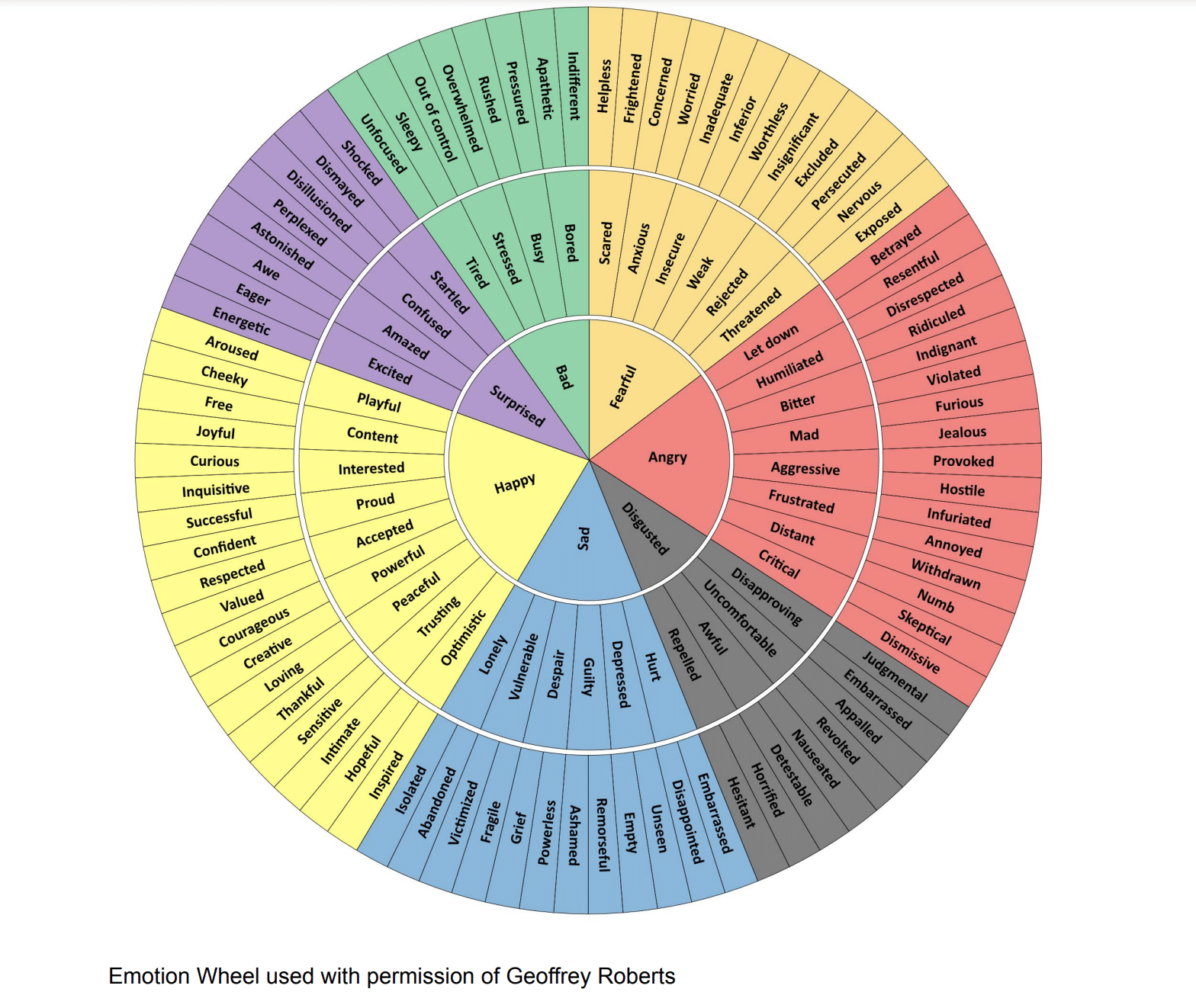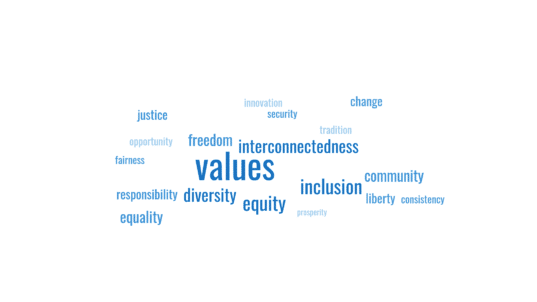Tools for supporting critical feeling
Dear collaborative discussion friends,
This time we are sharing an activity that helps to gauge the emotional charge of a discussion. By examining the feelings that participants bring to a discussion, we create space for self awareness and deeper understanding of how others might be responding to emotional triggers in a discussion.
This activity can be found in the Critical Collaboration Module, contributed by Jack Byrd Jr., Professor of Industrial Engineering at West Virginia University. If you missed the previous newsletter about The Role of Values in Collaborative Discussion, you can access it and our other weekly newsletters by subscribing below.
This week’s activity:
Activity 3.2 – Critical Feeling in Discussions
How to analyze and engage with emotions in a discussion
We often emphasize the importance of critical thinking— or analyzing how we make decisions or judgements based on evidence and observation. Critical thinking is an intellectual process and considered by some to be a higher form of intellect than taking seriously the role of emotions or feelings in a discussion. We suggest this is an unhelpful and binary way of thinking about discussion. Critical thinking matters and so does the analysis and serious engagement of the feelings or emotions that inform our judgments and decisions. We are naming this critical feeling.
In this activity, we highlight the role that emotions and feelings play in our decision making processes and how these can show up in a discussion experience. Instead of sidelining emotions, we encourage discussions groups to put them front and center at the beginning of an exploratory discussion.
Like critical thinking, by analyzing how emotions inform participation within a discussion, participants may become less susceptible to manipulation and more understanding of why other people care about the things that they do. If you are feeling bold, we recommend pairing this lesson with Activity 3.1 Critical Thinking in Discussions.
Start this activity by identifying a topic that is important to your discussion group and will inevitably evoke emotional reactions. For example, in the United States the role of guns in society creates broad, complicated emotional responses.
Using slides, share approximately 10 visual images that are likely to evoke an emotional reaction.
Check out and build on Jessica Friedrich’s Guns & Society slide deck. She uses images and reflection prompts from the toolkit to support both critical feeling and critical thinking skills.
After each image, take the emotional temperature of discussion participants. They can hold up pieces of paper to indicate their reactions to the image: green (weak), orange (moderate), red (strong). Or, they can indicate their emotional responses by using hand signals, such as a closed fist for weak to an open hand for strong, and somewhere in between for moderate.
After reviewing the images and getting a sense of the emotional charge in the room, dive deeper by exploring the emotional responses to a few specific images and ask the participants to identify their emotional response by naming it. Explore how their emotional charge and feelings change according to different aspects of the topic. What does this tell us? What factors help us to understand the difference in our emotional reaction? What assumptions, experiences, biases, and connections help to explain why we are feeling what we are feeling across the collection of images?
Consider using the Emotion Wheel to help participants name their emotional reaction. You can find this resource and other good tips for exploring emotional responses in Activity 4.5 Nurturing Intentional Empathy.
You can wrap up this activity by using the debriefing questions, reflection or practice journal assignments, or diving deeper into additional resources. All of these can be found in the full description of Activity 3.2 Critical Feeling in Discussions.
If you try out this activity, please share with us what you think:
We hope these quick introductions to our toolkit activities are helpful. In our upcoming newsletter we will be highlighting an activity that encourages us to take a deeper look at how identities play out in our discussion experiences.
Upcoming Events
- We are accepting applications for our next Collaborative Discussion Coach Training (May 31 – June 6). This training is open to anyone interested in offering certificate programs in the future. You can apply here or share this newsletter with people you think might be interested.
- We are also accepting nominations for our Pilot Coach Training for Undergraduate Students. Space will be limited. You can learn more or nominate a student by emailing me at [email protected]
Looking forward to collaborating with you this year,
Shannon Wheatley Hartman & the Collaborative Discussion Team






